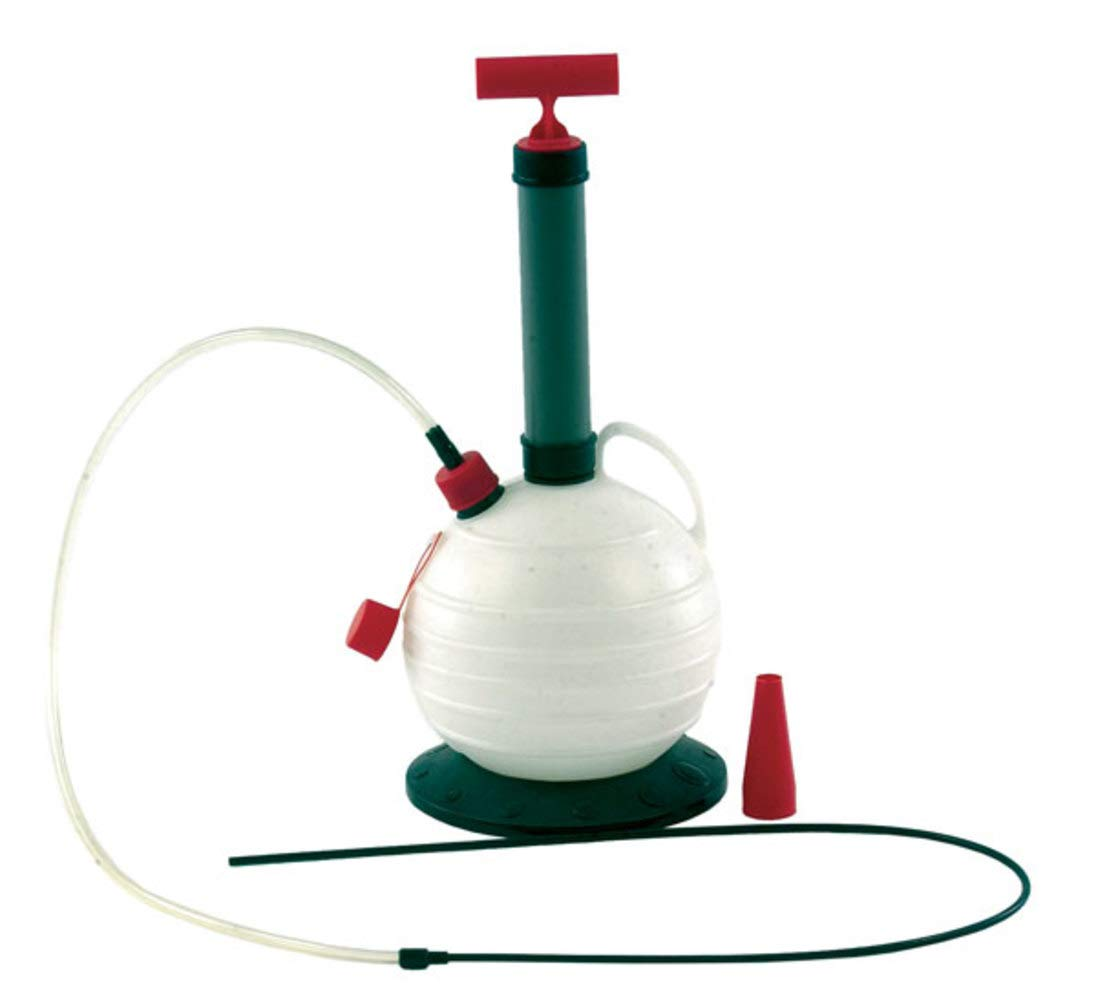
An oil extractor pump can simplify the task of doing your own oil changes. No more lying under the car, and no more hot oil splattering on your skin.
When I purchased my 2014 Subaru Impreza, I was worried I’d have to stop performing one of my favorite activities — changing my own oil. The car was so low to the ground that there wasn’t enough space to slide under and access the oil drain plug. However, now that I’m aware of oil extractor pumps, I’m back in the game.
Don’t get me wrong: I don’t change my oil myself because I enjoy handling hot oil or believe I’m saving a lot of money. The cost of an oil change at a shop is negligible once you factor in the expense of new oil and a filter, both of which you must purchase.
The primary incentive is time. Conducting the oil change myself takes about 10 minutes, much shorter than driving one or two hours to the service center.
Since the filter is usually installed on top of the engine, which is increasingly prevalent, the oil change method is nearly mess-free. The same isn’t valid for older cars with filters mounted beneath the engine.
If you must slide under the car to detach the filter, you might as well open the drain plug while you’re there, rendering an oil extractor pump an unnecessary expenditure. However, if you have a newer car with a top-mounted filter, this basic tool is undoubtedly worth considering.
What Is an Oil Extractor Pump?
An oil extractor pump is essentially a siphon pump that facilitates easy oil changes. It comprises a narrow tube that fits into the dipstick opening in the crankcase, and a pump creates a vacuum to pull the oil out. Most models also feature a reservoir to hold the oil until it can be disposed of safely. These reservoirs typically hold between six to eight quarts of oil, making them suitable for most light-duty trucks and passenger vehicles.
How Does an Oil Extractor Pump Work?
Siphon devices for transferring gasoline or kerosene from one container to another are readily available in most hardware stores. These devices consist of a plastic bulb and two tubes, with one tube for drawing fuel out of the reservoir and the other for depositing it into a different container. By squeezing and releasing the bulb, negative pressure is created to suck the fuel out of the reservoir and feed it to the destination.
Oil extractor pumps work in a similar fashion. However, because oil is denser and more viscous than fuel, the pump must provide more force than is possible with a plastic bulb. If the oil extractor has a built-in reservoir, only one tube is needed. If not, two tubes are required, much like a fuel pump.
Types of Oil Extractors
There are three types of oil extractors available in the market:
- Manual: This type of oil extractor is the least expensive and features a hand pump. It may resemble a bicycle pump or a syringe-like plunger. In the case of a bicycle pump-type manual oil extractor, you usually have to pump it several times to start the oil flow, whereas in a plunger-type oil extractor, you simply pull the plunger back to draw the oil into the reservoir.
- Electric: These oil extractors come with a 12-volt plug that you can insert into the vehicle’s auxiliary power outlet or alligator clips that connect directly to the battery. Once turned on, the pump does all the work. Electric oil extractors are usually more compact than manual ones as they do not come with a reservoir.
- Pneumatic: This type of oil extractor must be connected to a compressor to work. When compressed air circulates through the device, it creates suction, which pulls the oil out of the crankcase. Some oil extractors can be operated manually or with compressed air, making them dual-function extractors.
